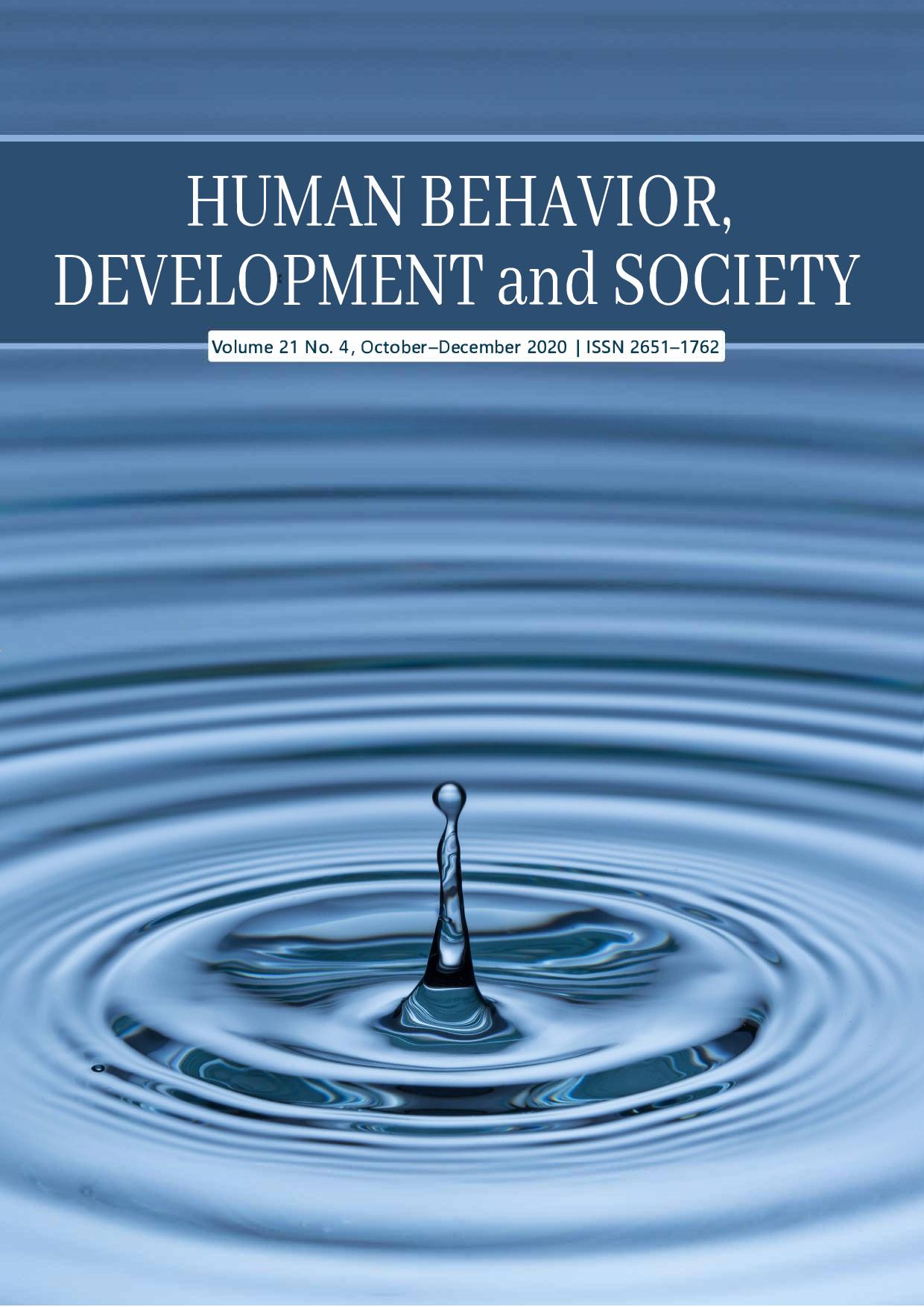Hooks and Endings in Magazine Articles to Engage Readers
Main Article Content
Abstract
In view of the lack of research on types of hooks and endings which are commonly used in articles for leisure reading, this study examined hooks and endings in magazine articles. A total of 19 articles from Kuching In and Out (KINO) magazine published in Malaysia were selected for analysis (6 by males, 13 by females). The most common types of hooks to draw readers into the next sentence and set the tone for the rest of an article were flashback, description, and facts. Flashback and self-introduction were new, probably due to the nature of the KINO magazine which features the life experiences of writers from Kuching who are presently living in other parts of the world. Less-frequently used hooks were empathy, mystery, plot twist, and questions. Most endings were a return to the writer’s hook or information mentioned earlier in the article, taking the form of reflections or issue resolution, as well as two other less-used endings, questioning and giving revelations. An ending that was different was taking leave, which reflected a talking style similar to “a good-bye” in social interactions. The study suggests that some hooks and endings are specific to the subject matter and readership of magazines.
Article Details

This work is licensed under a Creative Commons Attribution-NonCommercial-NoDerivatives 4.0 International License.
Copyright: Asia-Pacific International University reserve exclusive rights to publish, reproduce and distribute the manuscript and all contents therein.
References
Advertising (2018, July 21). Malaysian magazine advertising insights. https://www.advertising.com.my/ malaysian-magazine-rate-cards
Argamon, S., Koppel, M., Fine, J., & Shimoni, A. R. (2003). Gender, genre, and writing style in formal written texts. Text–Interdisciplinary Journal for the Study of Discourse, 23(3), 321–346.
Arvidsson, S. (2009). A gender based adjectival study of women’s and men’s magazines [Bachelor’s research paper]. Department of Humanities and Social Sciences’ Publications, University of Gävle, Sweden. http://hig.diva-portal.org
Clear, J. (2016, July 25). A step-by-step guide to writing a compelling article introduction. https://www.quicksprout.com/a-step-by-step-guide-to-writing-a-compelling-article-introduction/
Copeman, D. (2006). How to craft a great article, Part II: Hooks, leads, and endings. http://www.writing-world.com
Derewianka, B. (1990). Exploring how texts work. Primary English Teaching Association.
Evans, D. (2012). How to start an article with a killer opening line. Article openers.docx. https://www.coursehero.com/file/42989381/Article-Openersdocx/
Hegarty, M. (2015, January). Ending with a bang: Three great ways to conclude your travel articles. World words. https://world-words.com/how-to-write-a-captivating-travel-writing-conclusion/
Idid, S. A. (1988). Magazine use among Malaysian youth: A uses and gratifications perspective. Media Asia, 15(1), 9–16.
Ivanič, R. (1998). Writing and identity: The discoursal construction of identity in academic writing. John Benjamins Publishing Company.
Kapidzic, S., & Herring, S. C. (2011). Gender, communication, and self-presentation in teen chatrooms revisited: Have patterns changed? Journal of Computer-Mediated Communication, 17(1), 39–59. https://doi.org/10.1111/ j.1083-6101.2011.01561.x
Kress, N. (2008, March 11). 3 tips for writing successful flashbacks. Writer’s Digest. https://www.writersdigest. com/writing-articles/3-tips-for-writing-successful-flashbacks
Mack, E. (2012, April 11). In conclusion: Tips to create a memorable ending for your narrative essay [Blog post]. Writing Center Underground. https://writingcenterunderground.wordpress.com/2012/04/11/in-conclusion-tips-to-create-a-memorable-ending-for-your-narrative-essay-2/
Meer, S. H. (2011). Four different types of writing styles: Expository, descriptive, persuasive, and narrative. https://www.academia.edu/26423786/Four_Different_Types_of_Writing_Styles_Expository_Descriptive_Persuasive_and_Narrative
Miller, C. (1987). Who talks like a women’s magazine? Language and gender in popular women’s and men’s magazines. Journal of American Culture, 10(3), 1–9.
Pawlik-Kienlen, L. (2020). 5 powerful ways to end your article. https://www.theadventurouswriter.com/blogwriting/writing-conclusions-how-to-end-your-articles-essays-book-chapters/
Rusling, A. (2010). Cosmopolitan man: Discussion and analysis of gender in male writing for Cosmopolitan magazine. Innervate: Leading Undergraduate Work in English Studies, 2, 392–399.
Schler, J. K., Koppel, M., Argamon, S., & Pennebaker, J. (2006, March 27–29). Effects of age and gender on blogging. In N. Nicolov, F. Salvetti, M. Liberman, & J. H. Martin (Co-chairs), American Association for Artificial Intelligence [Symposium]. AAAI Spring Symposium – Computational Approaches to Analyzing Weblogs, Stanford University, CA, USA. https://dblp.org/db/conf/aaaiss/aaaiss2006-3.html
Shen, J. (2019, February 1). How great writers end their articles. https://medium.com/better-humans/how-great-writing-ends-3c8371378def
Stewart, S. (n.d.) How to write a magazine article. https://study.com/academy/lesson/how-to-write-a-magazine-article.html
Vannini, P. (2013). Popularising ethnography: Reflections on writing for popular audiences in magazines and blogs. Qualitative Research, 13(4), 442–451.
Willemsen, T. M. (1998). Widening the gender gap: Teenage magazines for girls and boys. Sex Roles, 38, 851–861.


